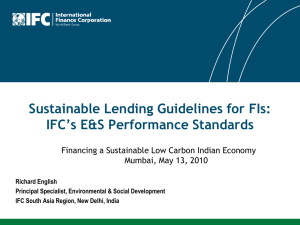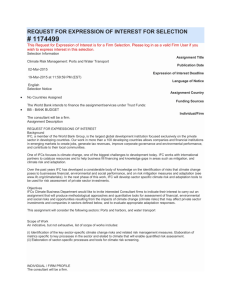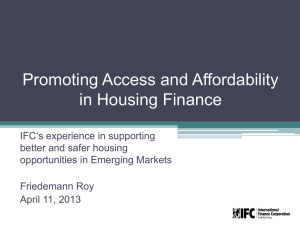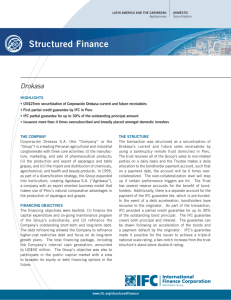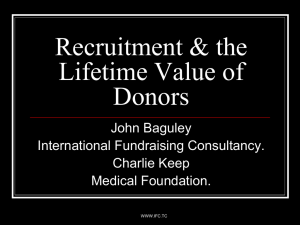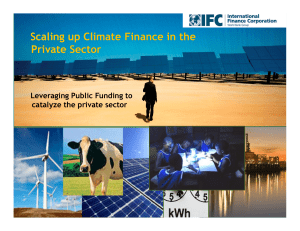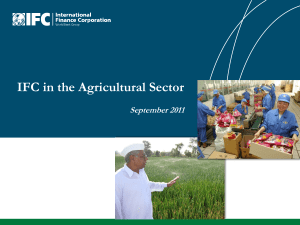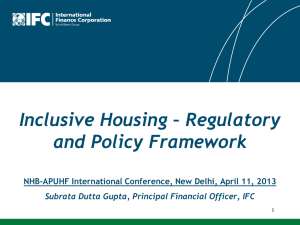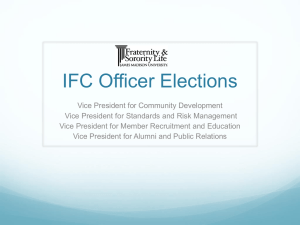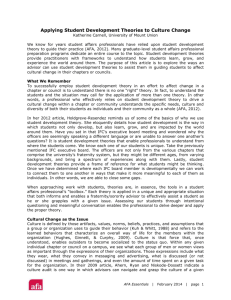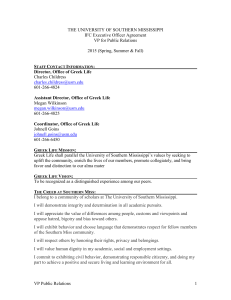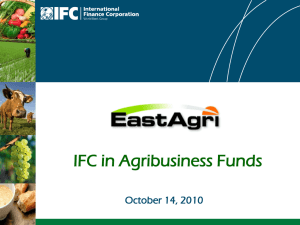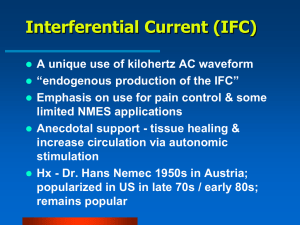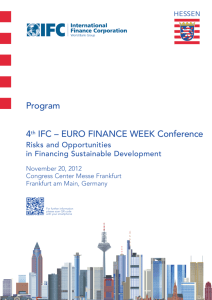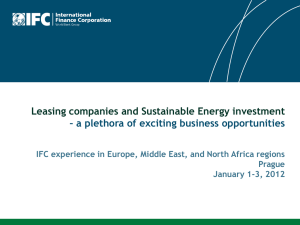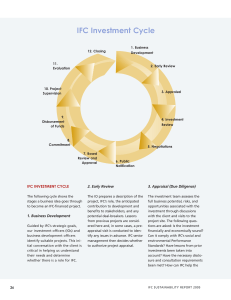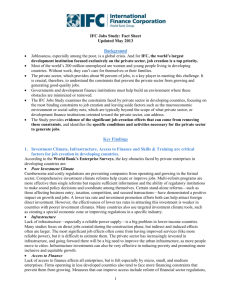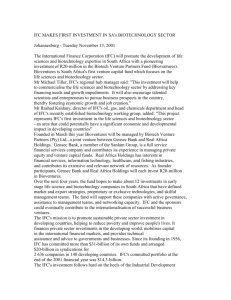by Solange Martin - American Bar Association
advertisement
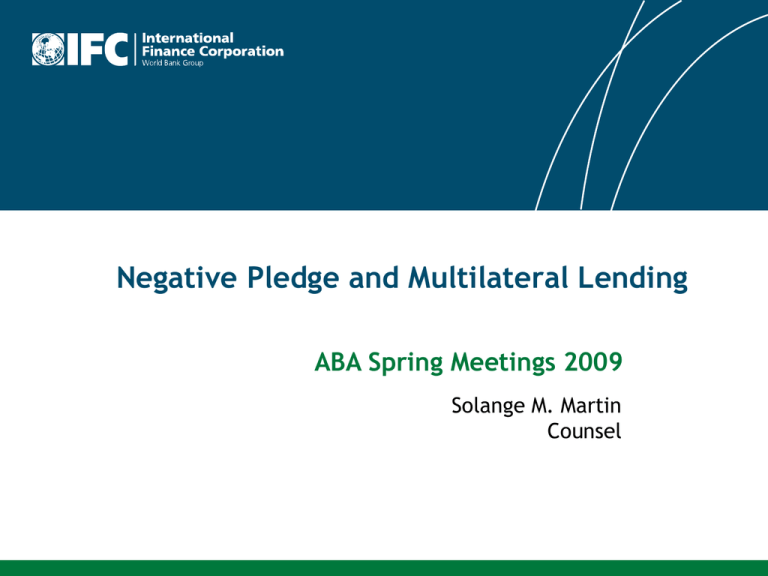
Negative Pledge and Multilateral Lending ABA Spring Meetings 2009 Solange M. Martin Counsel BASIC CLAUSE STRUCTURE A typical negative pledge clause reads as follows: • The borrower will not create or permit to exist any security on its property, revenues or other assets, present or future, or those of its subsidiaries. A variation to this basic structure often contains a carve-out to capture a situation in which: • The obligations of the borrower under the loan are equally and ratably secured with the obligations of the borrower with respect to other secured indebtedness. 2 RELEVANCE • Project Financing • Trade Financing • Corporate Laws PURPOSE • preserve the pari passu payment assumption made at the time of assessment of the financing • avoid future subordination in payments arising from the borrower raising future secured financing 3 MAIN ELEMENTS OF THE CLAUSE • Types of security or quasi-security arrangements covered by the restriction – tension between lender’s interest in broad coverage and Borrower’s ordinary course of business • Entities covered by the contractual restriction ISSUE: STRUCTURAL SUBORDINATION RELEVANCE: CORPORATE LOANS TO HOLDING COMPANIES • EXCLUSIONS: governmental charges, trade activities, asset acquisition, after-acquired subsidiaries. 4 EFFECT Contractual Undertaking • Default : Contractual remedies : • May a lender prevent a borrower or its subsidiaries from granting security in breach of a negative pledge? REQUESTS FOR PRELIMINARY INJUNCTION • Grupo Mexicano de Desarrollo, S.A., v. Alliance Bond Fund, Inc., 527 U.S. 308 (1999): DENIED • AIG Insurance Company v. The Robert Plan Corporation, 851 N.Y.S.2d 56, 2007 N.Y. Misc. LEXIS 6579: DENIED • Greylock Global Opportunity Master Fund v. Province of Mendoza, 2005 U.S. Dist. Lexis 1742, aff’d, 2006 U.S. App. LEXIS 1501 (2d Cir., Jan. 18, 2006): DENIED 5 MULTILATERAL FINANCING • Developmental Financing • Map of institutions providing developmental financing • IFC / MISSION Promote sustainable private sector investment in developing countries, thereby helping to reduce poverty and improve people’s lives 6 IFC’S INVESTMENTS • Investments in private sector in emerging markets • Diverse types of industries/sectors • Diverse types of investment products loans equity and quasi-equity risk management products • IFC conducts its investment activities based on international market practices and conditions (i.e. market rates and without any government guarantees) • Developmental Impact • IFC’s policies on environmental and social standards 7 IFC’S FUNDING • IFC funds its investment activities mainly by Placing long-term debt securities in international financial markets Making investments in private entities located in members’countries • IFC mobilizes resources from international commercial lenders into projects in which IFC invests . 8 IFC’S B LENDERS PROGRAM • Purpose • Structure IFC as lender of record B lenders have recourse to IFC only under the Participation Agreement • Rationale for B lenders: IFC’s knowledge and experience in investing in emerging markets IFC’s Aaa-rating (by Moody’s) Privileges and immunities Preferred creditor status. 9
